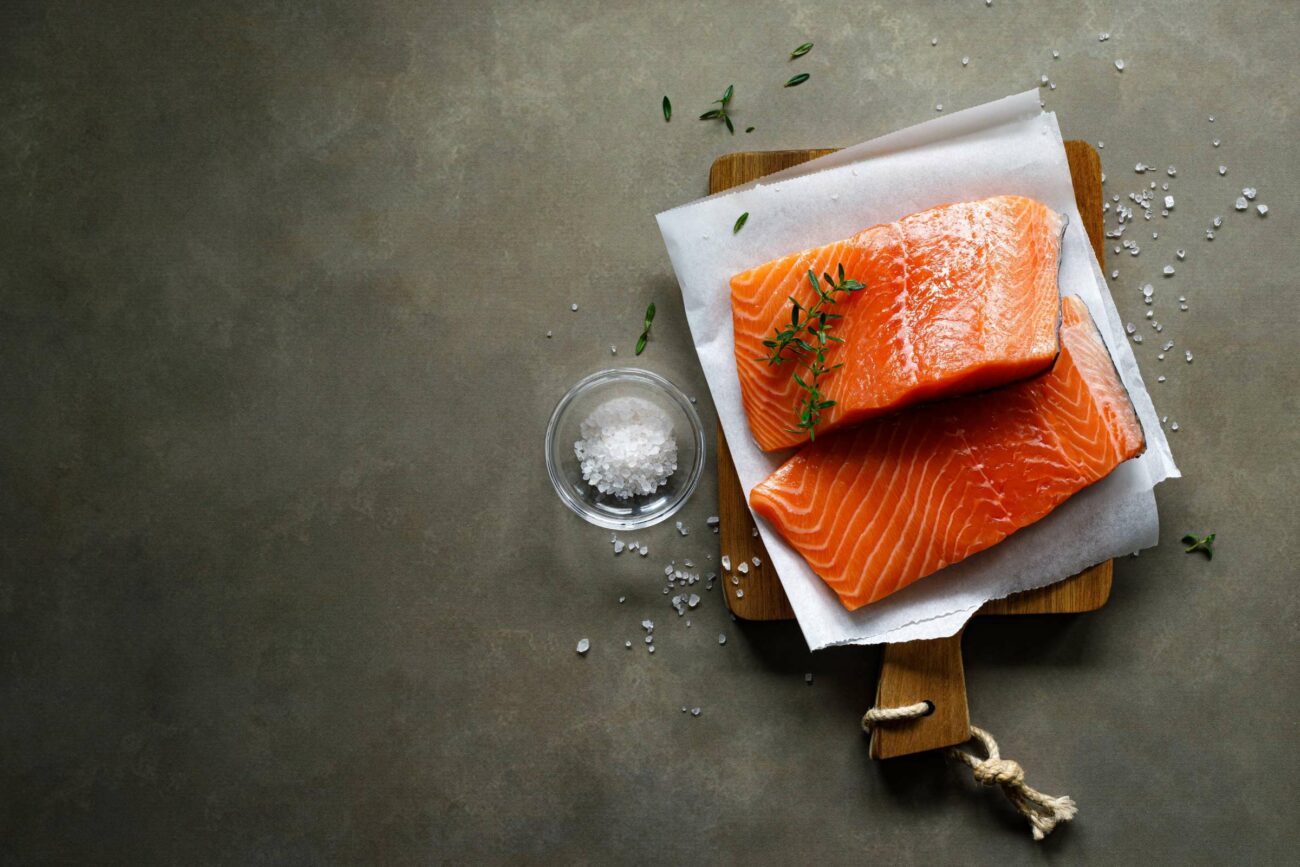Whether your astaxanthin is organic or artificial matters. In this article, we’ll explore the key differences between these two types of astaxanthin, including how they’re sourced, their nutritional value, their sustainability, and more.
What Is Astaxanthin?
Before we begin, let’s revisit the basics of astaxanthin, pigment, and carotenoids. In the complex world of pigments, carotenoids are one of the most important groups of lipid-soluble pigments, commonly found in nature and showcasing colors ranging from yellow to orange and red. They can be classified into two categories: carotenes, which contain only polyunsaturated hydrocarbons, and xanthophylls, which contain polyunsaturated hydrocarbons with oxygen functional groups. Astaxanthin belongs to the xanthophyll family with a standard red-orange color and features unique properties and nutritional benefits.
Where Is Astaxanthin Found in Nature?
Astaxanthin is widely found in aquatic species such as salmon, trout, and shrimp. Since these animals cannot produce (or synthesize) their own astaxanthin, they must get it from their diets, regardless of whether they’re wild or farmed species. Astaxanthin is considered an essential nutrient for fish and shrimp and is involved in various processes, including reproduction, vision, and immunity. It also serves as a powerful antioxidant. Astaxanthin has confirmed strong positive benefits on human health and can be consumed as a supplement or in your favorite salmon or trout dish!

What Are the Main Differences Between Natural and Artificial Astaxanthin?
As previously stated, astaxanthin can be obtained either from natural sources or artificial/synthetic forms. Both origins can be found in salmon and trout, but it is unfortunately almost impossible to tell the difference solely based on visual appearance. Let’s review the main key features of natural and artificial astaxanthin.
Sourcing and Production Methods
✔ Natural astaxanthin: Simply extracted from microorganisms such as bacteria, yeast, and algae. These are the primary sources of astaxanthin in the aquatic food chain and are consumed by zooplankton, krill, shrimp, and fish, from small fish to bigger fish like salmon. Production methods, such as the fermentation process, are much more sustainable for the production of Paracoccus carotinifaciens in Panaferd®.
Artificial astaxanthin: Comes from the petrochemical industry and is processed through a complex Wittig chemical reaction, involving phosphonium salts and dialdehyde.
Chemical Forms
Astaxanthin can be found in 3 different isomers or optical configurations, either in free or esterified form.
✔ Natural astaxanthin: In nature, one isomer (3S, 3’S) is much more abundant. It’s found in wild fish and in all-natural astaxanthin sources such as Paracoccus carotinifaciens.
Artificial astaxanthin: The synthetic astaxanthin chemical process leads to the production of the 3 isomers in equal quantities. This characteristic acts as a type of fingerprint and is one of the methods to distinguish between synthetic-colored farmed salmon and wild salmon. Some studies have also shown that mechanisms for the selective absorption of astaxanthin isomers in humans and animals may exist in favor of the (3S, 3S’) isomer (Rüfer et al.,2008).
Nutritional Value
✔ Natural astaxanthin: All natural sources feature a unique mix of proteins, vitamins, and minerals that can positively affect human and animal health.
Artificial astaxanthin: Offers no nutritional value outside of carotenoids.
Sustainability and Image
✔ Natural astaxanthin: A sustainable alternative that’s found in nature and doesn’t involve chemical dyes.
Artificial astaxanthin: Considered a sort of chemical dye by many consumers and proponents of aquaculture. As color is the real symbol of salmon and trout, most consumers truly believe that the fish they buy contains natural additives including pigment. Additionally, in a time where sustainability and decarbonization are becoming increasingly important across all industries, the dependence on fossil fuels required by artificial astaxanthin is less sustainable.
Markets
✔ Natural astaxanthin: Most natural pigments are allowed in organic aquaculture, including Panaferd®. Major food retailers such as Whole Foods or Marks and Spencer truly consider the natural color of salmon and trout as a key feature.
Artificial astaxanthin: Synthetic astaxanthin is completely banned in organic aquaculture.
Conclusion
Considering these key characteristics and differences, it’s clear that natural and synthetic astaxanthin exhibit fundamentally opposing properties. So, which is the better choice for your food? Overall, natural astaxanthin is more sustainable and offers more health benefits than synthetic astaxanthin, making it the better choice. Learn more about Panaferd®, our natural astaxanthin trusted by seafood experts worldwide, on our website.
References:
Rüfer CE, Moeseneder J, Briviba K, Rechkemmer G,Bub A. Bioavailability of astaxanthin stereoisomers from wild (Oncorhynchus spp.) and aquacultured (Salmo salar) salmon in healthy men: a randomised, double-blind study. Br J Nutr. 2008; 99: 1048-1054.



